Summer! Like so many others, you’re heading to the beach to enjoy the coastline, soak up vitamin D, and work out with an unmatched view. But before diving into the surf, sand, and sun, take a moment to consider the following safety tips. Taking just a bit of time to be prepared will help ease your stress and help you enjoy your day even more!
When you think of the beach, you likely think ocean or lake front. So, with that comes one of the most prevalent causes of accidental death. In the United States, drowning is the second leading cause of death for persons 5 – 44 years of age, and for children 1-2 years, it is the top cause. This is not even counting those who drown but do not die and have lasting damage due to the lack of oxygen.
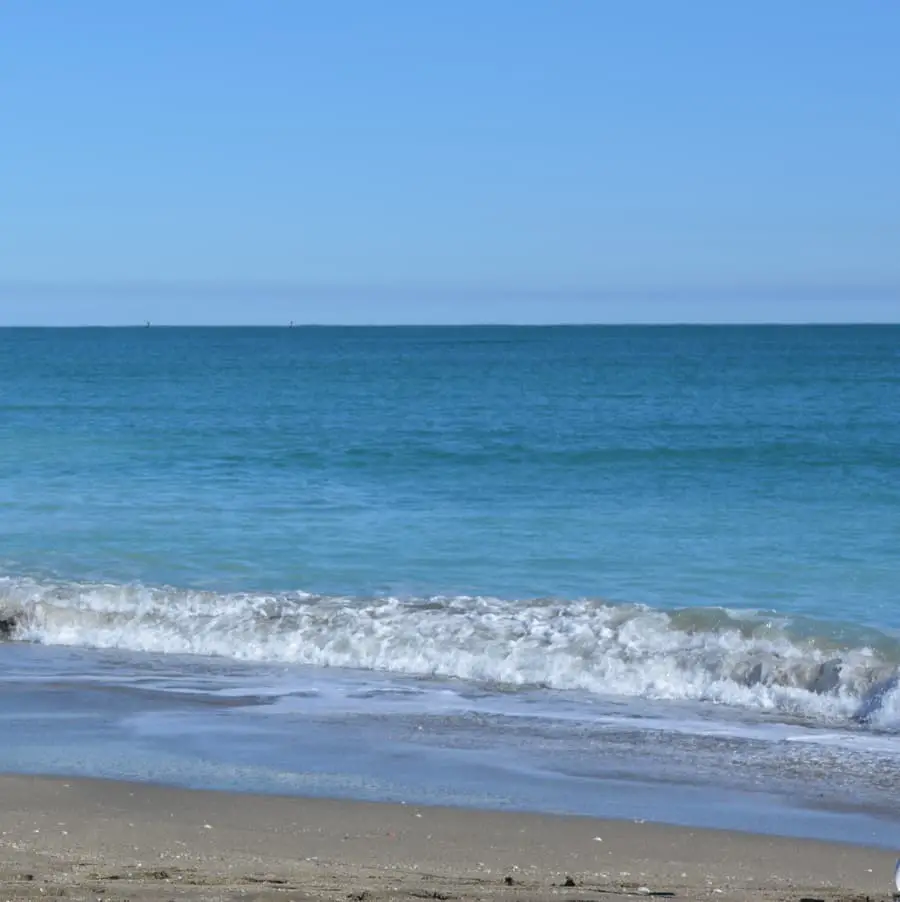
But drowning isn’t the only potential hazard at the beach. Sand and hot weather are a relaxing combination, but also bring with them some areas of caution that you may not think about right away.
Following water safety and sun safety, keeping an eye on the weather, watching out for hazards, and staying hydrated are just a few safety tips for a great day at the beach.
Take a moment to read through these tips before playing or swimming at the beach, so that you can relax even more, knowing that you’re being as safe as possible.
Playing at the beach
1. Apply (and reapply!) sunscreen
Sunscreen is an easy way to keep the suns harmful rays at bay. Skin damage can happen with anyone – even those who seem to tan easily. Five sunburns at any age doubles the risk of melanoma.

By wearing SPF 15 or higher and reapplying in regular intervals per the instructions and after coming out of the water, you can limit the damage done to your skin during your visit.
We recommend Coppertone Sunscreen Lotion Broad Spectrum SPF 50 Multipack
And remember to reapply sunscreen regularly if you’re exercising in the sun, too. You are likely sweating off the sunscreen you’re wearing without even realizing it.
2. Follow signs and flags
The signs at beaches and swimming areas are there for a reason, so are not to be ignored. They often warn against local hazards, whether they’re permanent (like rock hazards) or temporary (like higher bacteria levels after a storm).

The exact flag signals vary from beach to beach so check before assuming you know the flags. Generally, the flags follow a pattern similar to this, but always double-check if you’re in a new area:
- Green: Calm and clear ocean but still exercise caution. Low hazard.
- Yellow: Medium surf or currents. The water could be rough and would be a good idea to stay by the lifeguards. Medium hazard.
- Single Red: Strong surf and currents. Could mean the beach is closed. High hazard.
- Double Red: The beach is closed to the public.
- Purple or Blue: Dangerous marine life – think sharks/jellyfish. Use caution.
3. Keep an eye on the weather
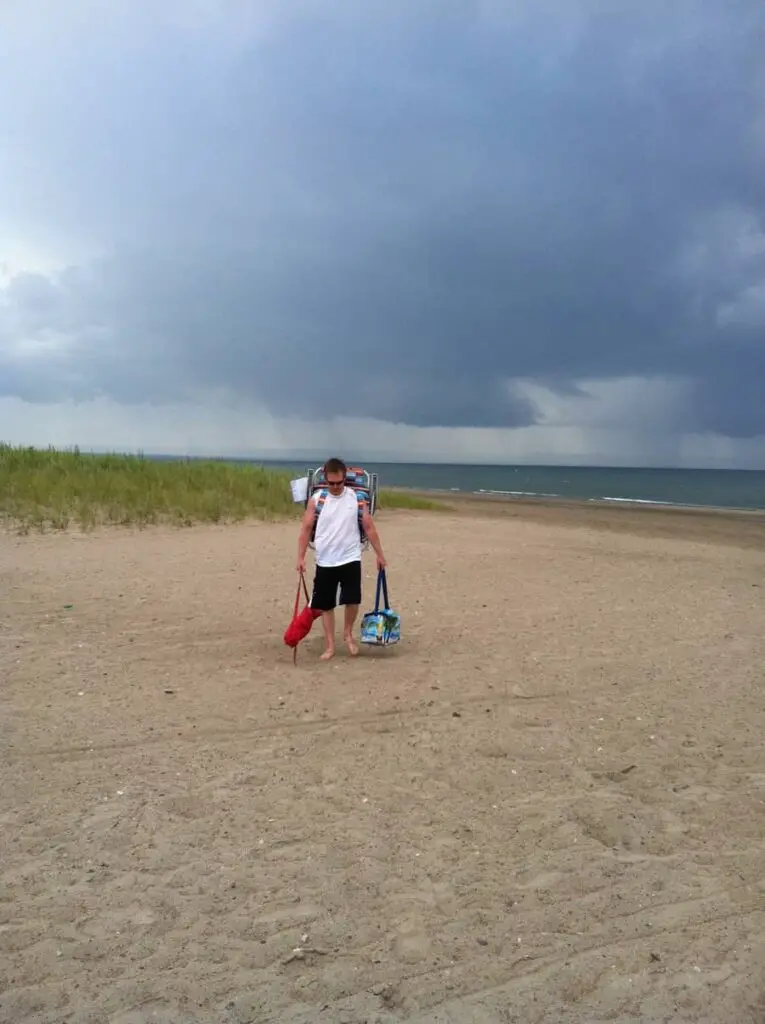
In any outdoor setting, weather can quickly change. Thunderstorms on the beach can quickly turn dangerous. If a thunderstorm produces thunder and lightning, leave the water right away. If you are on a boat, return to shore as quickly as you can. Stay clear for at least 30 mins after the last thunder clap or lightning bolt.
4. Watch out for natural hazards
There are various other hazards to keep note of: tides, currents, waves and drop offs that take you from touching the bottom to deep water in one step. Further, underwater could be a host of rocks, debris, broken bottles, vegetation, marine life, etc. Wear water shoes to protect your feet from the unknown.
5. Watch out for other hazards
During your fun day at the beach, you might see the occasional person with a metal detector. This is a good reminder that there are things buried in the sand. While some may be valuable, others might be potentially dangerous. Broken glass, and other sharp objects may not be visible right away, so it’s important to keep an eye out for obvious hazards.
I was playing in a beach volleyball tournament a few years ago, and after jumping up for an attack, almost landed on a two-by-four with a nail sticking out of it buried on the beach court. I was lucky – my foot just grazed the end of the wood instead of landing on the nail.
It’s unfortunate, but it’s been known for beach volleyball courts to be intentionally vandalized. While this shouldn’t stop you from your fun day at the beach, it’s important to be mindful that there are sometimes hazards you can’t see right away.
6. Drink alcohol in moderation
Many people relate lounging by the pool or beach with a tasty cocktail (followed by another, then another…) However, staying sober is important for both swimming, as well as supervising others.
According to the Centers for Disease Control and Prevention, alcohol use was involved in up to 70% of deaths associated with water recreation and almost 25% of visits to the emergency department for drowning.
If you have been drinking, do not get in the water. Your impaired judgement mixed with waves and quickly changing conditions do not mix.
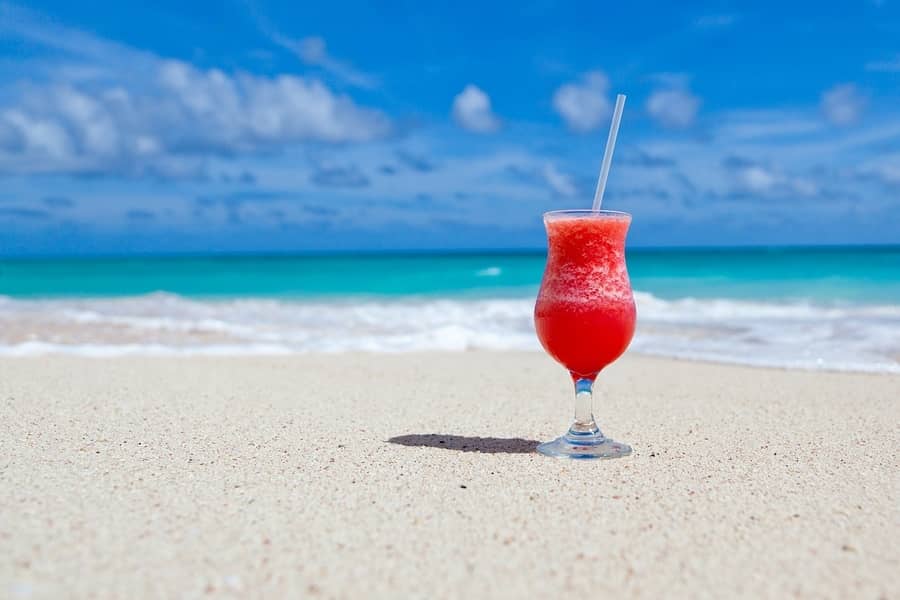
Further, drinking can lead to quicker dehydration, setting you up for an increased risk of heat exhaustion during the hot beach days. Make sure if you are drinking, you alternate with water and stay under your limit, and always have a designated driver pre-selected. Of course, if children are around it is advised you stay sober.
7. Watch for signs of heat exhaustion and heat stroke
Heat exhaustion can happen to anyone. By drinking water and taking breaks from the sun, you help your chances of not having the heat take over.
When a person begins to suffer from heat exhaustion, they become confused, dizzy, fatigued, headache, experience muscle cramping or weakness, can become nauseous, either sweat a lot or not at all, have pale skin, swell, and have rapid heartbeat.
If you or the person you are with experience any of the symptoms, get out of the heat and work to cool the person down. Utilize ice packs, cold water, and shade. Putting ice packs under the armpits or in the groin is a trick to cool quickly. If you suspect heat stroke, do not give liquid. In either case, seek out the lifeguard and get help. For a deeper dive into the differences, check out the Centres for Disease Control and Prevention’s information page on warning signs.
8. Wear shoes – even on the sand
Shoes are very important for the beach. Aside from in the water, the sand can get awfully hot and has been known to cause burns. If someone has dropped glass or another unsightly material, your shoes protect your feet from unnecessary cuts. Also, beach bathrooms can be quite nasty, so instead of picking up some unwanted foot bacteria, slip on shoes.

Sand socks are a great option for the beach. Whether you’re walking from the car to your favorite lounging spot, or playing beach volleyball, sand socks will protect your feet from the burning hot sand and other potential hazards.
Sand socks are a great option, because they’re not as heavy as regular shoes, so you still get a lot of mobility. And ever worn sandals walking across sand? Sure, they protect the bottom of your feet. However, you also pickup sand with every step, which weighs you down. While a little bit of sand still gets inside sand socks, it’s definitely not as much as with sandals or regular shoes. They’re also waterproof, so you can transition easily from sand to surf.
Click here for an in-depth article on sand socks and how they will improve your game
9. Hydrate regularly
Make sure that you’re drinking extra water when soaking in the sun. The heat can dehydrate you much more quickly, and drinking water regularly helps regulate your body temperature.

But remember that not all liquid is made the same. Alcohol will actually dehydrate you, and even more quickly when you’re in the hot sun. Yet, totally understandable, plain ol’ water doesn’t feel the same as downing a beach-inspired beverage. Check out these drinks to give a twist and yet hydrate you at the same time.
10. Avoid napping

As tempting as it may be to doze off to the lull of the ocean waves and under the warm sun, be careful if you’re falling asleep on the beach. Too many times, sunburns happen while the unsuspecting person was dozing under the hot sun.
Falling asleep also means you’re more vulnerable. If you’re by yourself, this means you’re more of a target to would-be thieves. And if you’re with a group of friends, it may mean you’re more susceptible to getting buried in the sand or other pranks.
If you do plan on catching a few ZZZs, position your sun shade so that you’ll stay covered, even as the sun moves across the sky.
11. Stay off your phone
Your phone is a double-edged sword. While nice to have in case of an emergency so that you can call for help, you must stay off of it so it doesn’t distract you. According to the manager of East Bay Regional Park District in California, the phone is by far the biggest distraction they see. Knowing how quickly the waters can change and how fast and quietly a drowning can happen, the Instagram post is just not worth it.
Having your phone at the beach means there’s a good chance it’s going to get covered in sand or water. It’s also really easy for it to get stolen. So, if you do bring your phone, try to keep it tucked away in your bag as much as possible.
12. Use the right bug spray
When picking a bug spray, remember that while DEET works the best, it can be toxic for aquatic life. If you are just hanging on the beach with kids above 12 months of age, DEET may be the way to go. However, if you plan to get into the water, protect the environment of the marine life.
13. Be extra cautious with kids
A day at the beach is a great summertime activity for families. However, children tend to get super-excited, and require additional eyes on them. By their very nature, children are exploring and learning. But they don’t know all the hazards at the beach yet – so it’s up to the grown-ups to keep them safe.
If kids are old enough, establish some ground rules before you even get to the beach. Remind them to stay close, and that they’re going to have to wear a hat, sunscreen, and a lifejacket (or an age-appropriate flotation device).
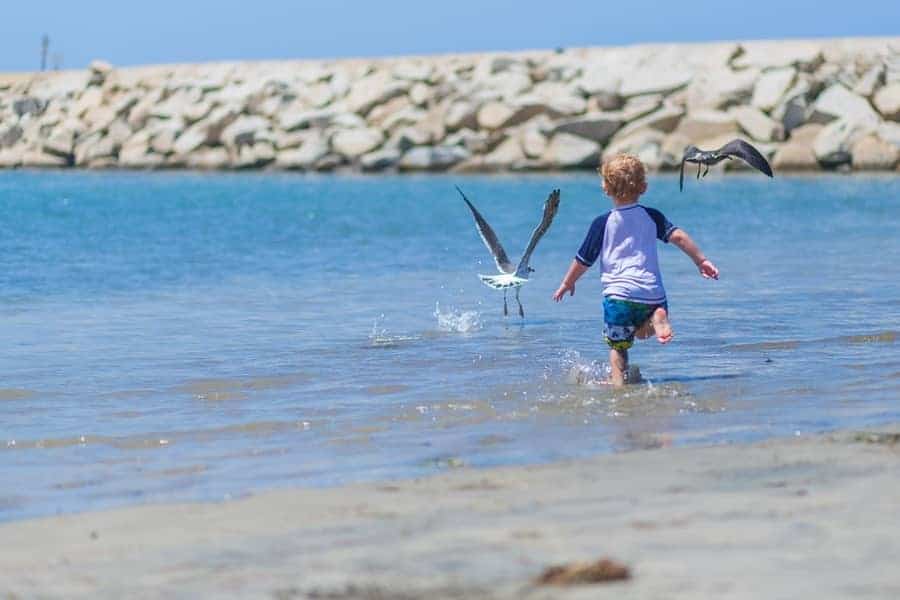
A kid’s top priority is playing, so remind them regularly to sit under some shade, as they won’t think of this themselves. They’ll probably also need to be reminded to eat and drink often.
Babies and younger kids have very sensitive skin, so make sure they’re wearing sunscreen and re-apply it often. But remember, no sunscreen on babies 6 months and under. According to the Food and Drug Administration (FDA) instead of putting sunscreen on babies under 6 months old, it’s best to keep them out of the sunlight as much as possible.
Wearing a UPF (ultraviolet protection factor) shirt is an even better way to minimize direct sunlight on skin. UPF clothing is a great option for kids, too, so that there’s less skin showing to apply sunscreen to.
14. Bring shade with you
Shade is not something you see a lot of at the beach. Many of you are probably thinking, “yeah, that’s kind of the point” [insert eye roll]. However, if you’re planning on spending a significant amount of time at the beach (even a couple of hours counts here, folks), you’ll probably want to bring some shade with you.
Some beach areas may have umbrellas for rent, but depending how busy it is and how early you get there early, you can’t guarantee that one will be available.
Taking a break from the sunshine is good for a number of reasons. It cools you down, it helps minimize sunburn, it helps prevent heat stroke/exhaustion, and for me anyway, it helps prevent headaches.
Having a colourful umbrella or canopy is also a great way to establish your plot of beach for the day! Just keep an eye on it if the wind picks up – it’s really easy for an umbrella to get caught in a wind gust and have a day trip of its own.
When buying a beach umbrella, make sure to choose one that is UPF, so that the suns rays are blocked. If you’re bringing a traditional umbrella-style sun shade, you may want to consider bringing an umbrella with an anchor, so that it’s easier to place deeper in the sand.
There are also some great tent-style shade options as well. These set-up and clean up easily, and provide you with some UPF protection as well.
I’ve had the Sport-Brella for over 5 years, and love it. It can be used as a traditional umbrella, or can be used on its side for a more consistent shade area.
15. Bring a cooler for food
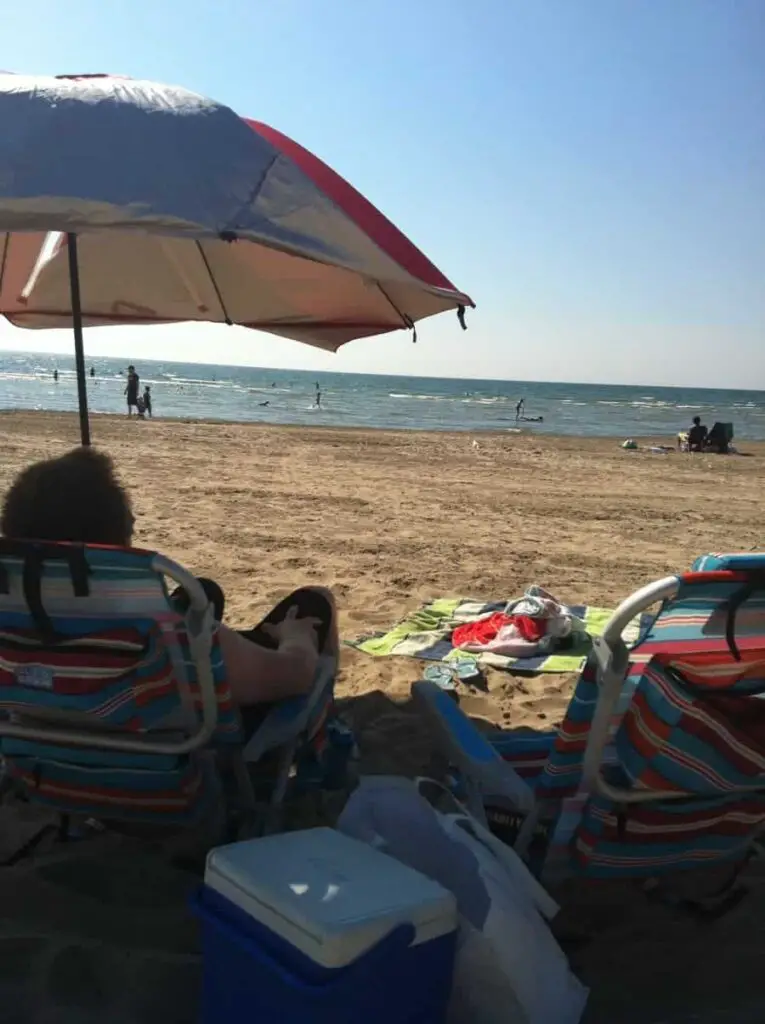
It may seem like you’re lugging everything, including the kitchen sink, to your relaxing day at the beach. But some things are worth lugging. Even that cooler. Especially since it’s packed full of your yummy lunch and snacks for the day (and probably some tasty bevvy’s, too!).
Not only does keeping food cool help it taste better, it’s also good food sense. If you’ve packed any kind of perishable foods, keeping them cold is essential. You won’t want to end you fun day at the beach with a case of food poisoning!
Here are a couple of tips for keeping your food cold for as long as possible:
- Keep the perishable food on the bottom
- Keep the cooler in the shade, and even cover it with a blanket or towel
- Keep it closed as much as possible
We recommend the Yeti Tundra Haul Portable Wheeled Cooler
16. Keep your stuff safe
It’s amazing how much STUFF you need to bring for a simple day at the beach. Car keys. Wallet. Smartphone. The best way to keep your valuables safe is to not bring them with you at all. However, this isn’t always realistic. The best alternative, then, is to bring as little with you as possible.
So, instead of bringing your whole wallet or purse, just bring enough money for the day, one piece of ID, and maybe one credit card. Also consider:
- Use a waterproof pouch for your smartphone and keys, and take it swimming with you. But don’t forget to attach it well, so that you don’t lose it!
- Use the buddy system, and take turns going in the water.
- Keep your valuables out of sight by keeping them in a zippered bag.
Remember, too, that stuff in your car may be an easy target. You may need to park your car quite a distance from your beach spot for the day, and thieves may target vehicles in day parking lots. Keep valuables out of plain site, and even locked in the trunk. This may not be a 100% guarantee your car won’t get broken in to, but at least it’s less of a temptation.
Follow Water Safety
17. Learn to Swim
Learning to swim is the equivalent of learning to drive. Will it 100% prevent you from drowning? No – but that doesn’t mean it’s not worth the effort. A quick google search will bring up learn-to-swim programs in your area. Most YMCAs and summer clubs provide lessons to members at a reduced cost and to non-members at a premium.

According to the Centers for Disease Control and Prevention, about 10 people in the United States die DAILY from drowning, and for every one person the ER sees, another 5 do not die from drowning but go on to have life altering consequences.
Drowning is fast and often silent. Many victims of drowning are in plain site of fellow swimmers and still unnoticed. While swimming lessons may not prevent drowning, it can buy precious seconds where to yell for help or get to a wall.
18. Learn the signs of drowning
Drowning does not look like the movies. There are not flailing arms and shouts of help. In fact, most times, drowning is completely silent and is often surrounded by others who simply do not know what to look for in a victim.
To help keep safe, and help those around you, learn what drowning looks like. Often a drowning person has his head tipped back with a vacant look, bobbing in the water while making not progress in any direction. If you are able to see his arms, it may appear as if he is trying to climb an invisible ladder.
Drowning happens quickly, and often looks like the person is just swimming. Here’s a video showing how quickly a person can start drowning, and look like they’re still playing in the water.
The drowning process can only be stopped with oxygen and a person can continue to drown even though they have walked away from the beach that day. By getting really familiar with drowning, you can help to prevent this top cause of accidental death.
19. Swim near lifeguards
This cannot be stressed enough: lifeguards are NOT your first line of defense in drowning. They are there to respond to emergencies and do everything in their power to prevent them. The responsibility of keeping safe lies on those going to the beach or the parents if children are involved.
Lifeguards can notify of unsafe conditions, as well as explain rules put in place to keep everyone safe. They have been trained to respond to common or expected emergencies that occur at that location.
Lifeguard are not doctors but are trained to be first responders with certification in CPR, First Aid, Rescue Breathing, and more. They are your backup and so by selecting a location they are stationed increases your chance of a positive outcome to an emergency. In fact, studies have shown that drowning at a beach without lifeguards is five times greater than if there were lifeguards.
20. Use life jackets
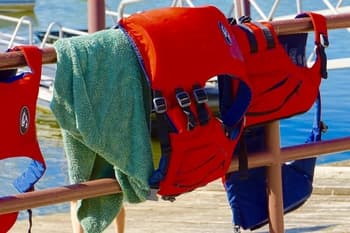
Even the strongest swimmers can tire out. It is estimated 76% of boating fatalities are from drowning. The Safe Boating Campaign explains various lifejackets which ensure the proper one is selected for boating.
Many children fight to wear a lifejacket based upon their restrictive nature. The United States Coast Guard (USCG) has recently released puddle jumpers. These lifejackets allow children to play without the restrictive feel of a lifejacket creeping up on their necks.
We recommend Sterans Puddle Jumpers
Whichever jacket you use, ensure it is a reputable lifejacket approved by the United States Coast Guard (USCG) or another entity with authority/expertise in water safety.
21. Use the buddy system

To up your chances of safety while at the beach, bring a friend. Whether soaking up rays or riding the waves, having a buddy ensures someone has your back if you begin to succumb to the elements.
With the heat, it is possible heat exhaustion could strike or you tire while swimming. Your buddy can get help. A point to mention, if you are not trained as a lifeguard, make sure you throw something buoyant to help a person drowning, or get help. A drowning victim will try to climb anything in his/her power to get to air – including you.
22. Be aware of rip currents
The United States Lifeguard Association (USLA) states that 80% of saves are due to rip currents. This current is caused by the wave breaking unevenly on the shore and then creating a pull from the shore to the water. Thus, a rip current is formed pulling a swimmer away from the shore. This is different than an undertow.
If you are caught in a rip current, swim horizontal or parallel to the shore until you are free from the current and then swim at a diagonal back to the shore. Float, breathe, and do not panic. If you begin to tire, yell for help and take breaks by floating.
For more information about rip currents, check out the Rip Current Survival Guide from the National Oceanic and Atmospheric Administration (NOAA).
23. Look before you leap
Many accidents happen simply because a person leaps before they look or falsely assume because nothing was in the way the day before, it will be the same. In murky water, it is vital you enter the water feet first and do not jump in unless you know the water is free from any debris that may have moved with the water.
Many injuries happen due to body surfing. When bodysurfing, extend an arm in front of you to protect your neck. Better a broken arm than a broken neck.
24. Respect the waves
Waves, especially sudden and unprepared for, can result in broken bones, dislocations and even spinal injuries. When a wave carries you to the shore and then breaks, and you break with it, serious injuries can result.
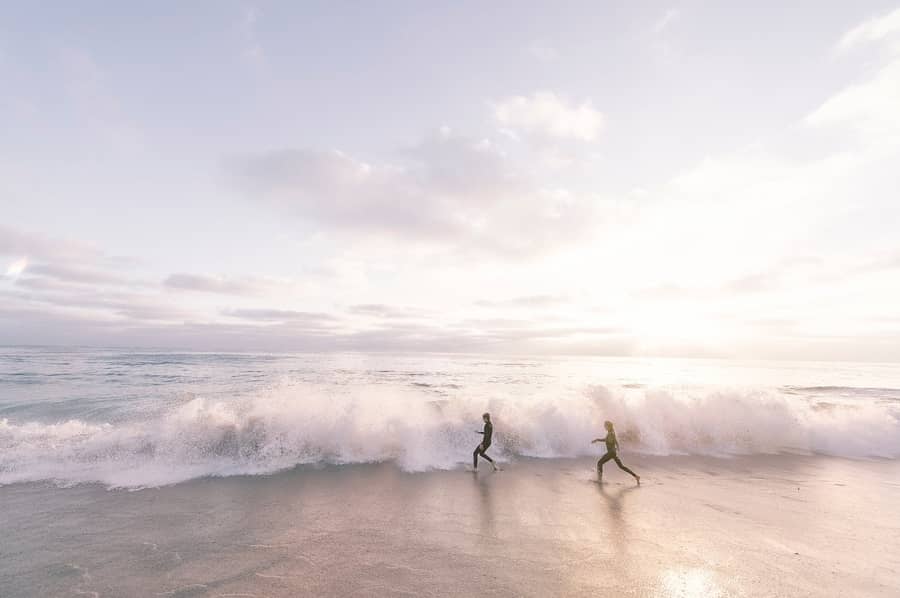
I grew up swimming in fresh water lakes and played in the waves many times. However, the first few times I swam in the ocean, I was shocked at how powerful the waves can be. You can almost feel the PULL of the water. No matter how comfortable you may feel in the water, always respect the power of it.
A good line of attack is to NOT put your back toward a wave that could break into you and push you forward, head first. Instead, FACE THE WAVES so you can predict and respond to them. If you are confused on the strength of the waves that day, ask the lifeguards.
25. Be aware of ocean life
Most ocean life goes about its business without bothering humans sharing their space. Wearing shoes helps to protect your feet again mussels and clams that could be hanging out under the water, as well as crabs who may pinch if stepped on or too close.
Shark attacks are not as common as the movies Jaws would have you think. Even the most dangerous sharks only attack humans by mistaking them for one of its common prey. About 19 people yearly are attacked by sharks and only 1-2 deaths every other year are the result of these attacks.
Jellyfish can lodge a venom filled stinger into your body which vary from painful to fatal. Check out the Mayo Clinic’s advice for dealing with a jellyfish sting.
If you’re spending time in an area that you’re not familiar with, it’s best to learn about any local common marine life. I remember one of the first times I went to an ocean beach as a child – there was a huge patch of jellyfish floating in the water! Just think how enticing this would be for kids to check out! Luckily, we knew enough to stay clear of those floating bubbles.
It’s fun to explore new areas, but you also want to do so wisely.

By simply taking some time to learn about heat, water, and sun safety, you can make sure you maximize the summer months and warm weather. Know your limits and go slow. Study the dangers and prepare in advance. Most of all, play smart so you can go longer.
Enjoy the beach and play it safe

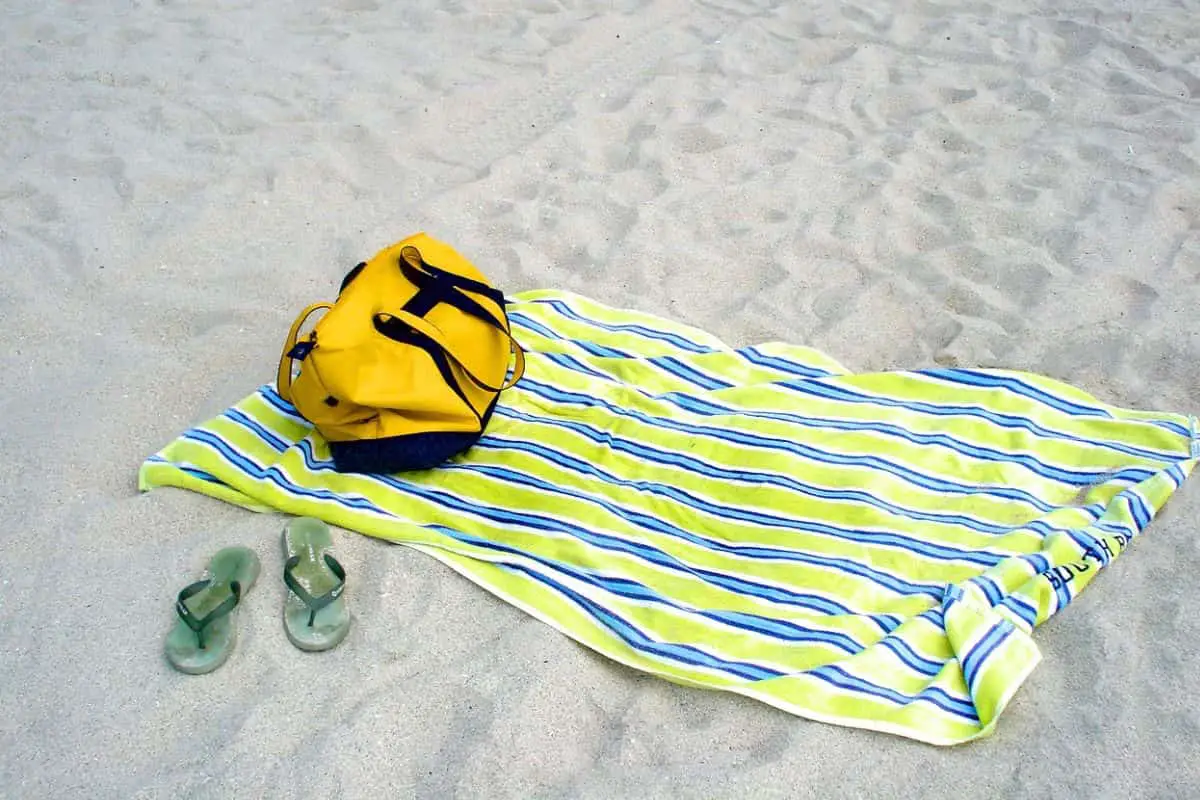
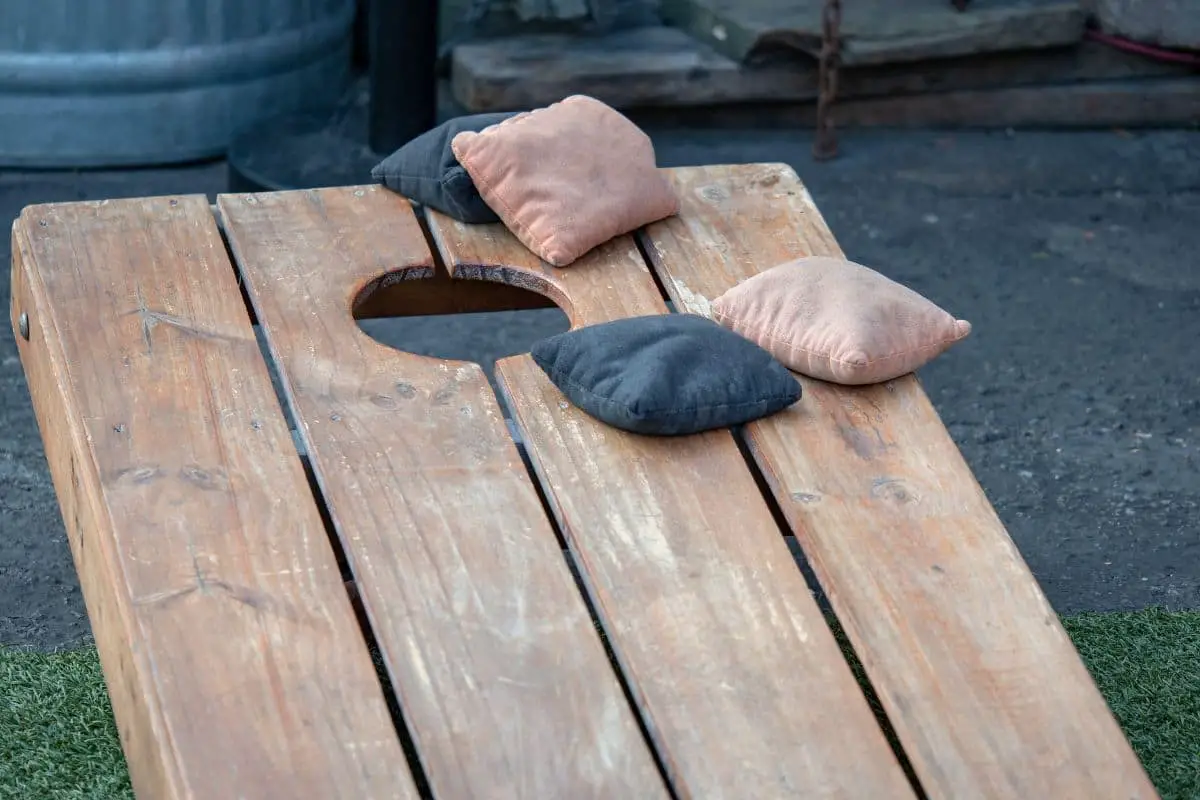
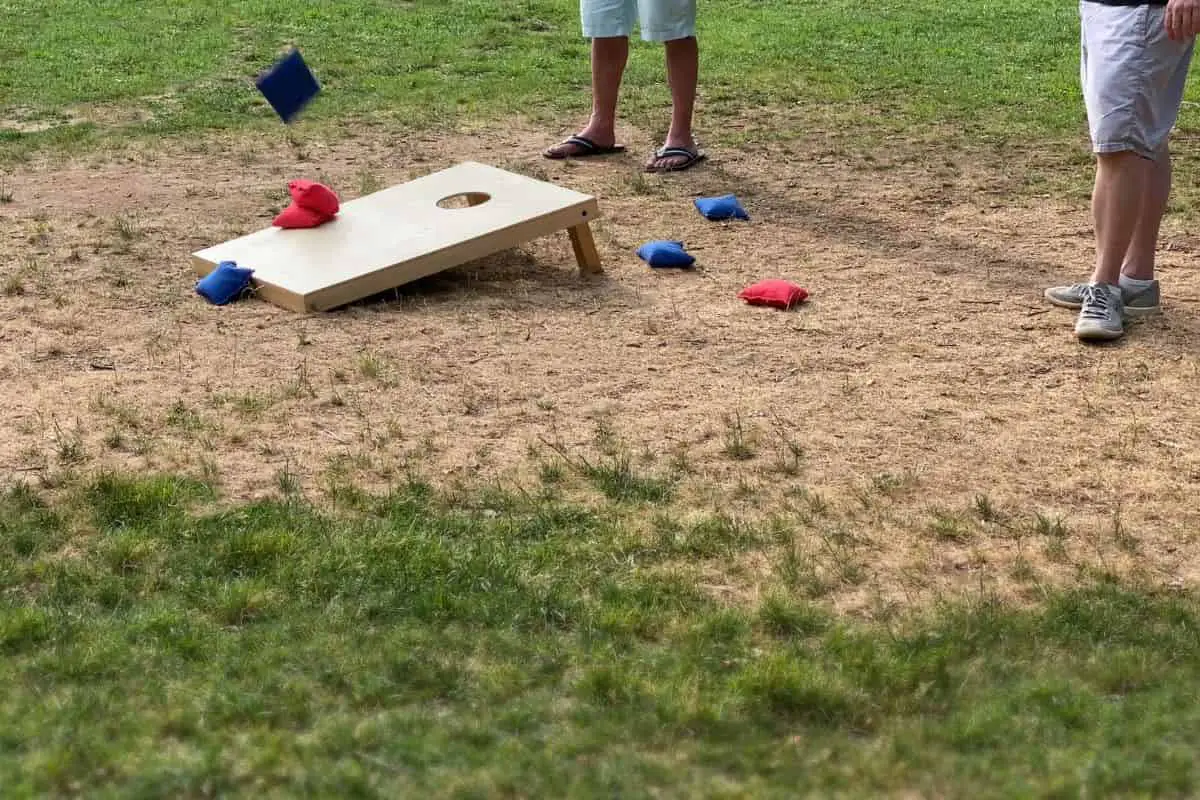
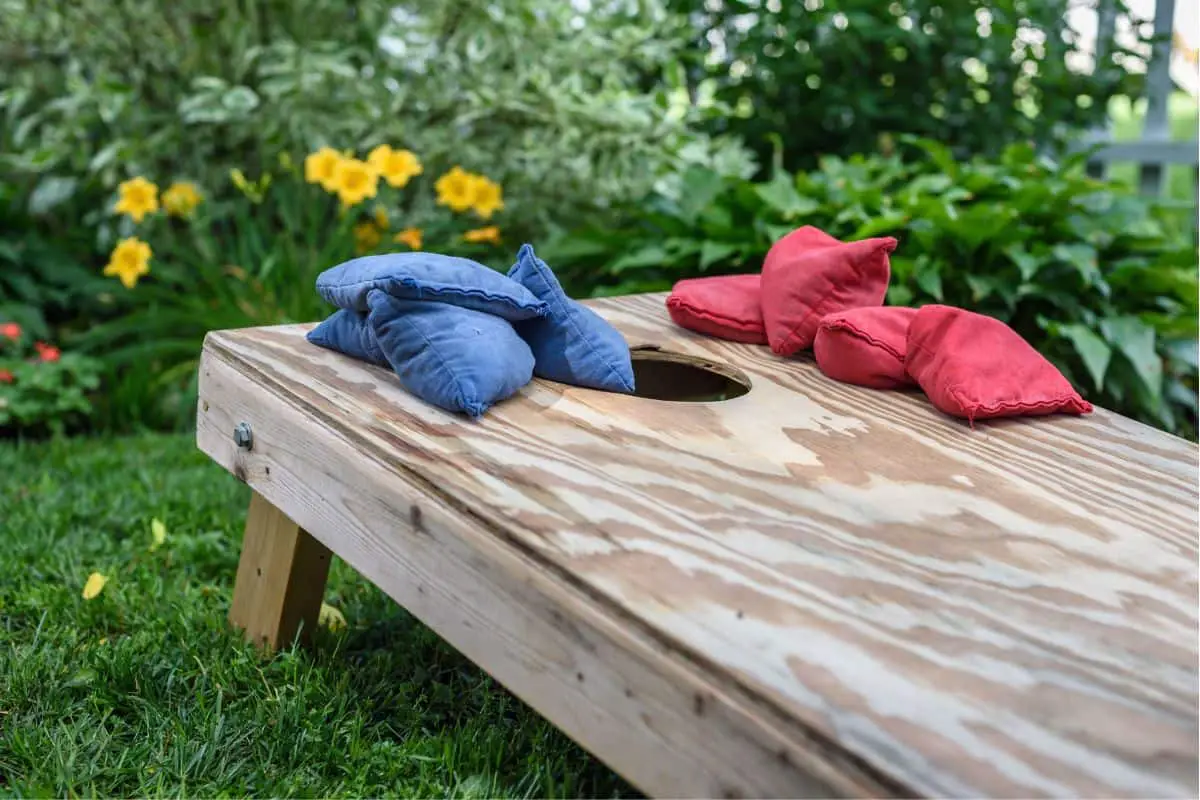
Leave a Reply
You must be logged in to post a comment.